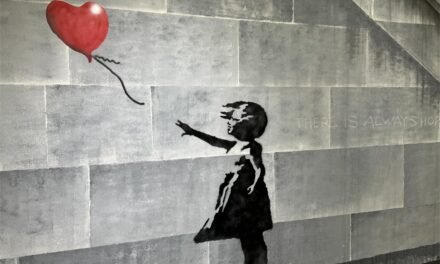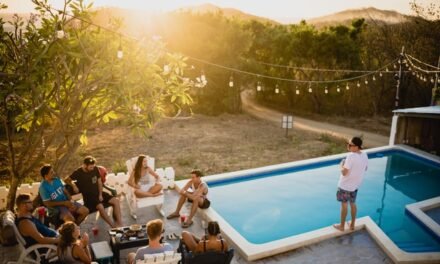
Unconventional Underwater Photography Tips
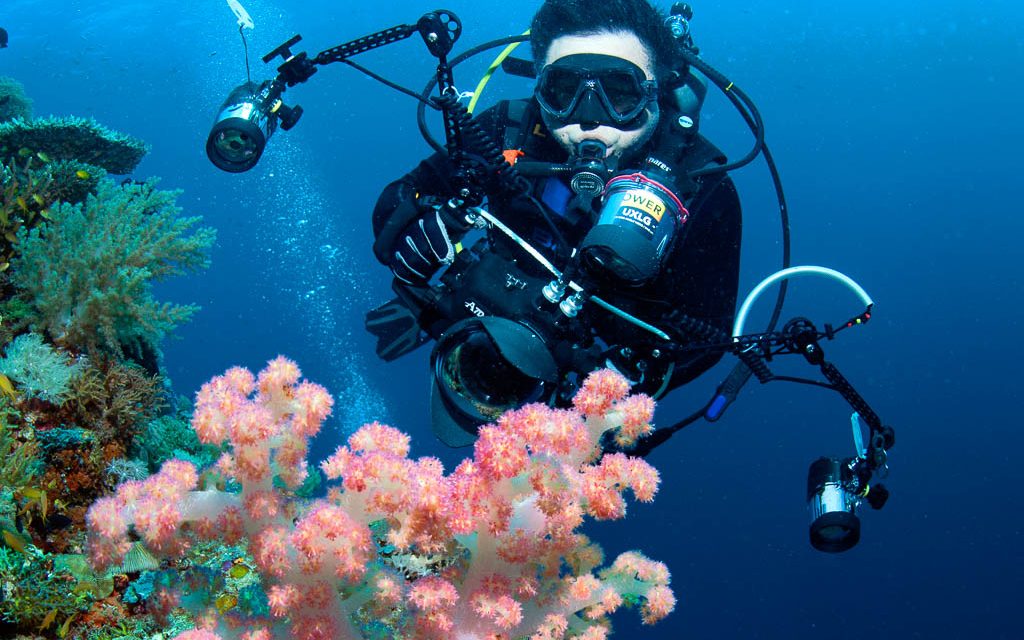
“Marine photography is just another form of photography, and if one learns more from what has been done before—on land or by the great artists—one can bring this with oneself underwater and create better images.” – Amos Nachoum
When we started our Third Age Expeditions column here on Luxe Beat, we promised to provide some photography tips and tricks from time to time. This month we are sharing some tips to help improve your underwater photography. If you’re seeking something more enlightening than just being told, “Get Close, Get Closer and Shoot at an Upward Angle,” then you’re in the right place. Since the dawn of the digital camera era, underwater photographers have developed some tried and true digital capture techniques. With the technical advances in digital photography it would almost seem the only difference between being an underwater photo pro and a novice today is the professional sells their work. However, the truth is every underwater photographer will occasionally hit a creative wall. Whenever this happens, that’s your cue to try something unconventional to rattle your brain and make that wall come tumbling down.
Go Where the Wild Things Are
“You must be a fish among fishes to study their surroundings and their life” ― Hans Hass.
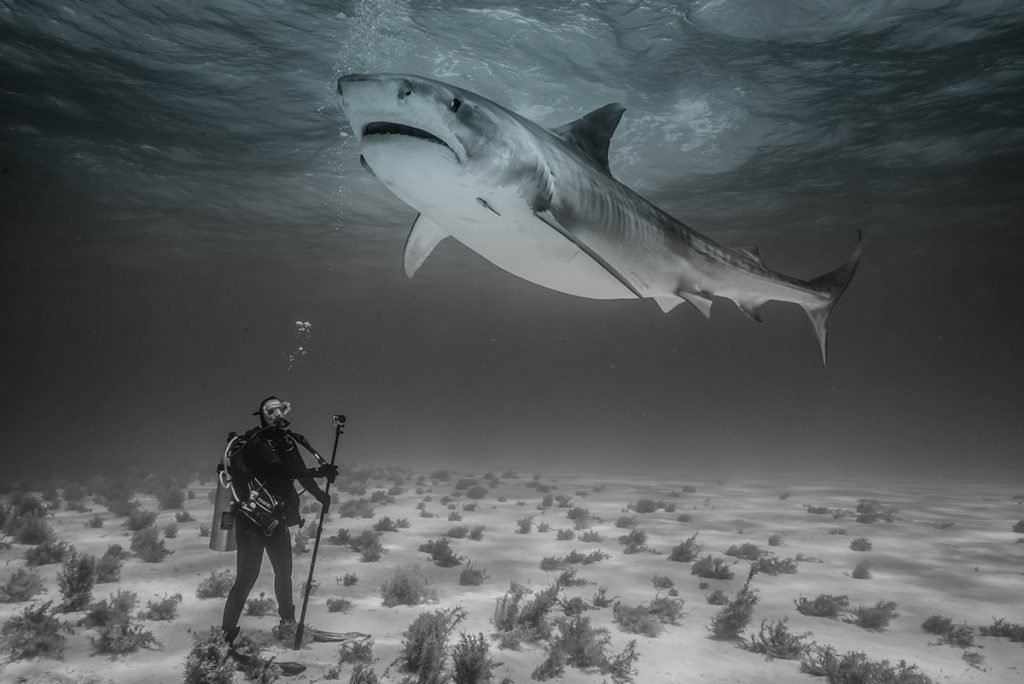
Kathryn Britnell channeling her inner fish as this rather hefty tiger shark swims by. Tiger Beach, Bahamas.
There was a time not so long ago where finding rare marine critters or experiencing encounters with big animals such as whales, dolphins, manta rays, sharks, and other marine life was left entirely to chance. Today, there are numerous diving adventure tours that cater exclusively to underwater photographers. If it’s amazing photo ops of marine life you’re after to build your portfolio, I recommend choosing an organized tour hosted by an experienced underwater photo pro such as Amos Nachoum (biganimals.com). You are virtually guaranteed up close encounters with your photo subjects and will also learn a ton about photography from one of the great underwater photography masters. We also plan to organize some photography dedicated photography trips via Third Age Expeditions soon, so keep yours eyes on our website (thirdageexpeditions.com).
Feeding the Soul
“Curiosity about life in all of its aspects, I think, is still the secret of great creative people” ― Leo Burnett.
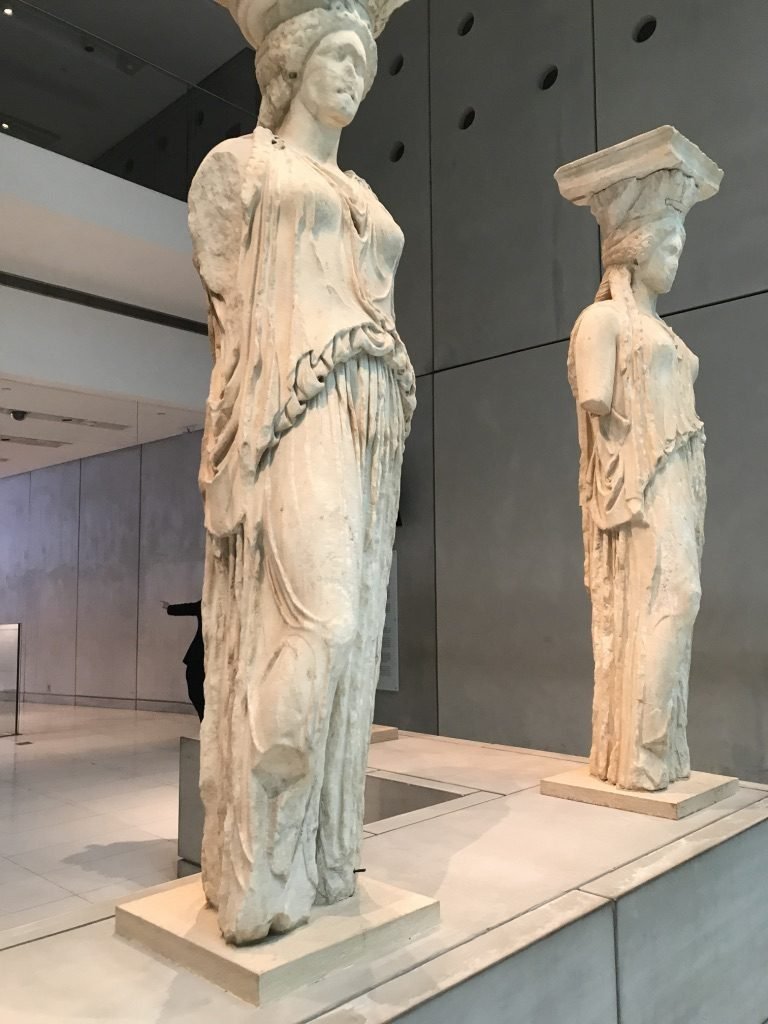
Visit a museum to appreciate and admire the work of great sculptors and painters. Acropolis Museum, Athens, Greece.
Fostering an appreciation for other fine art forms, such as painting, sculpture or music can subconsciously stoke your creative fire. Consider stowing your camera in the bag for a day and simply visit a museum to appreciate and admire the work of great sculptors and painters. Observe how the artist used composition, light, and form to great effect. Also, consider devoting spare time to studying anything other than underwater photography. Read a Self-help book if you feel you need to learn how to maintain your state of inner calm or develop traits such as patience, or discipline. While perhaps not seemingly obvious, these suggestions are all about broadening the mind and feeding the soul. All these pursuits can take you far in your quest to become a better underwater photographer.
Experiment with Black & White
“Everything looks worse in black and white.” – Paul Simon.

Originally shot in color, this image of a green sea turtle was converted from to black white in post processing.
Well, that’s how Paul Simon sang it when he penned that lyric in his song, Kodachrome. However, the reality is certain images actually do to many people look better in Black & White (B&W). B&W images seem to work best with wide-angle subjects shot with ambient light, but strobe-lit images also work. Again, it is something to experiment with. My favorite subject for B&W images happens to be sharks. B&W seems to emphasize their shape and shading better than the color version does. We have also applied this effect to pictures of sea lions and it does work better than color on some images. It’s a rather subjective matter as beauty ultimately lies in the eyes of the beholder. Just give it a whirl and you may be pleasantly surprised with the end result.
Participate in Dedicated Underwater Photography Expeditions
“Education is not the filling of a pail, but the lighting of a fire” ― W.B. Yeats.
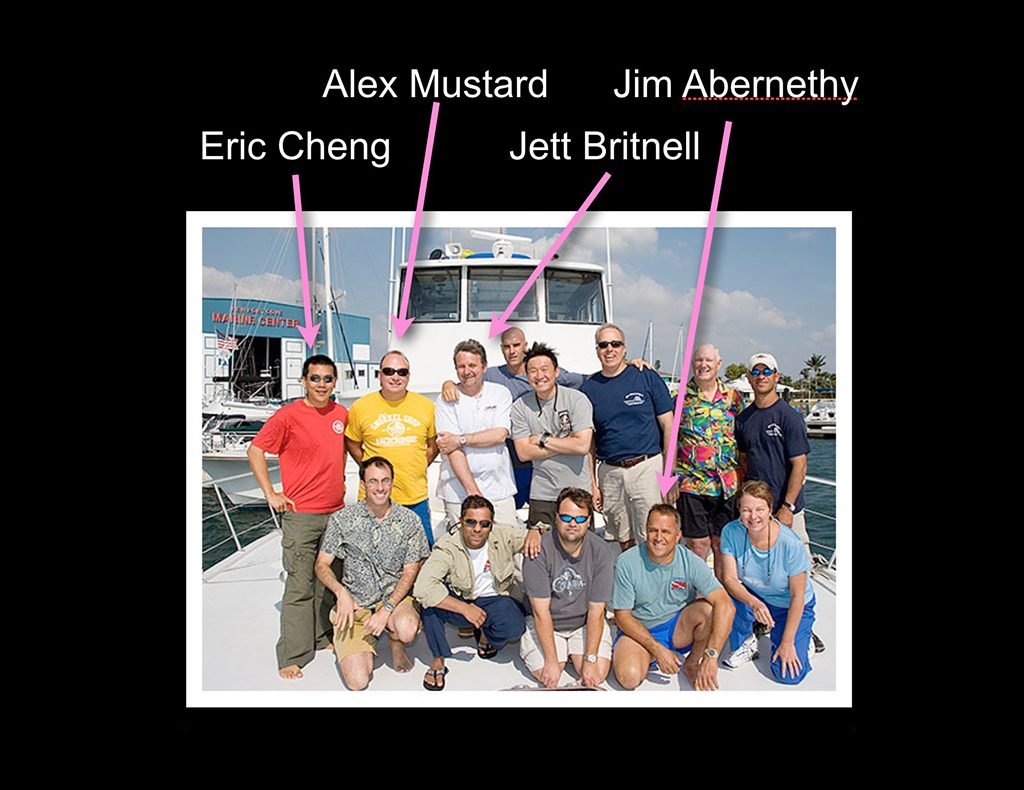
Participate in dedicated underwater photography expeditions – Shark Safari 2006, Bahamas.
Here is a picture of Jett and a group of other underwater photographers from March 2006. They all came together to participate in an organized 10-day shark diving safari in the Bahamas. Any one of them could have easily signed up for a shark trip on their own, but the attraction here was they were a group of avid photographers who were after one thing and one thing only. Sharks! Yes, 10-days totally dedicated to photographing a variety of shark species. There would be nobody complaining about wanting to do a reef or wall dive. They were there for sharks and that’s all. However, they were also able to collaborate and learn from each other and review images together at the end of we each day. On a trip such as this, your skills do improve and you increase your percentages to capture some amazing shark images. There are photo trips offered that are dedicated to photograph whales, nudibranchs, American alligators, you name it. Just, Google it!
Every Picture Tells A Story
“Art is not what you see, but what you can make others see” ― Edgar Degas.
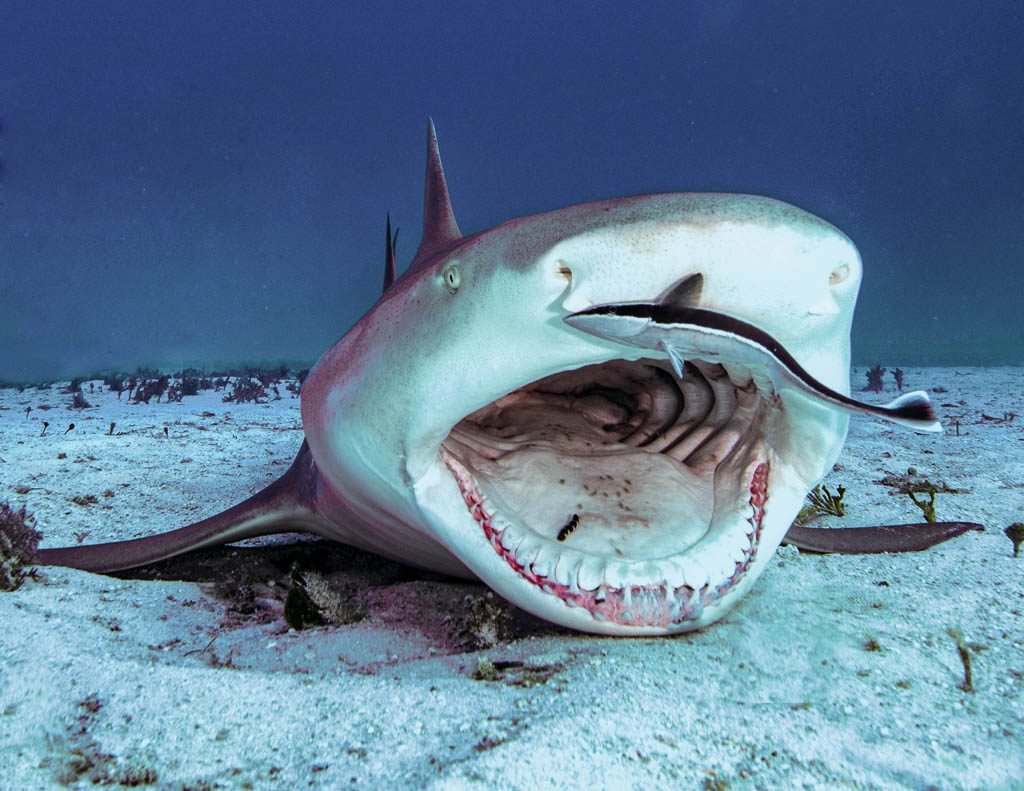
Behavioural shots are highly coveted by underwater photographers.
What often separates a great photograph from simply being a snapshot is one tells a story. In telling a story with your photos, your goal is to create emotional impact by arousing feelings such as joy, appreciation, excitement, danger, impending doom, humor, or dreams to name a few. This is achieved by selecting subject matter that is either unusual, or is portrayed in an unusual way. Try to express what you saw, or felt, when you tripped the shutter. When possible, capture marine life behavior. Imaginative images are the ones that garner the Ooh La Las.
Practice the Art of Seeing
“Just pushing a button is taking a photo. Thinking, lighting, and lots of other things~ that’s making a photo.” ― David Doubilet.

Giant cloud sponge. British Columbia.
I believe our friend and underwater photo pro, Dave Fleetham, summed it up best when he commented, “You have to really look at what makes you want to be underwater and then try and capture that in a way that is you. Underwater imagery is everywhere these days. Look at what others have done in the past and try to figure out how they managed to capture what you see, but don’t’ go out with the idea of duplicating it. Try and put your own spin on what you do underwater. A number of years ago I took David Doubilet out in Hawaii and watched him miss shot after shot trying to get something unique, something he had in his mind. I kept thinking to my self, what kind of shooter is this? The guy doesn’t’ even pull the trigger with what seemed obvious to me. But then, I figured it out. He didn’t want the obvious. It helped me to turn a corner and try things I may not have.”
Now and then, even seasoned underwater photo pros will hit a creative wall. They know from experience to remain patient and will always return to the water to tear down the mental barricade. The formula is simple; the more you make underwater pictures, the more experienced you become. It also helps to maintain a Zen-like state and always make it fun!
Until our next dispatch, dare to Explore…Dream…Discover.
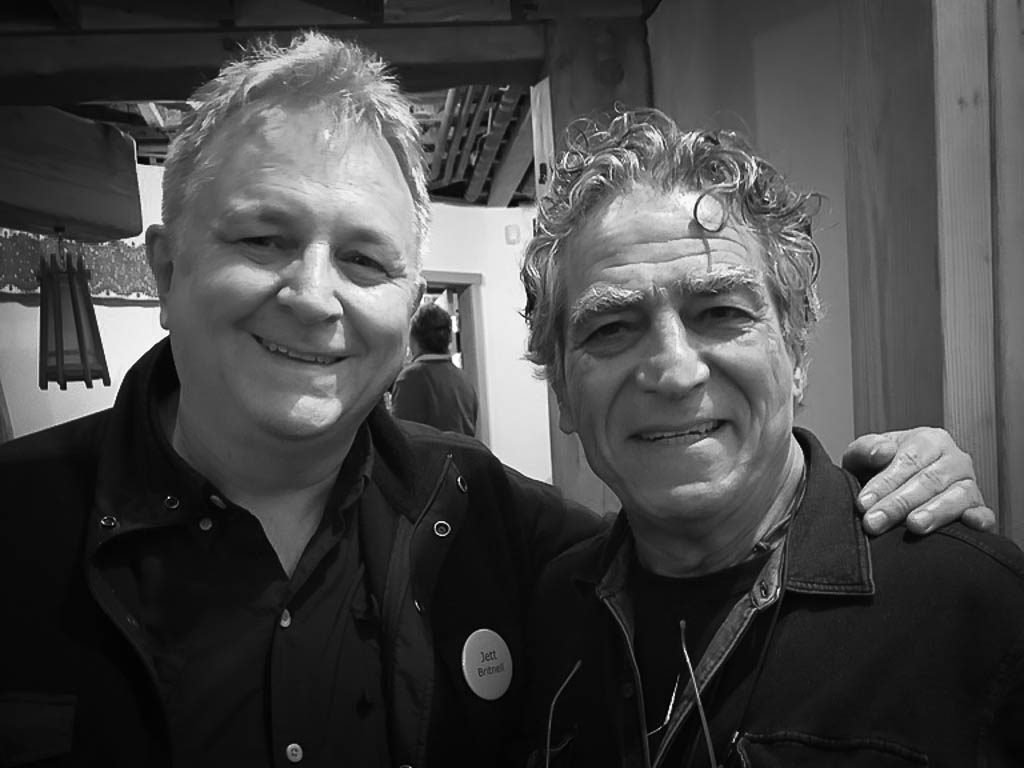
Jett Britnell with Amos Nachoum, an underwater photo pro extraordinaire who leads underwater and wildlife photo tours all over the world.
The Holy Trifecta!
“Her soul was too deep to explore by those who always swam in the shallow end.” – A.J. Lawless.

Kathryn Britnell outside The Explorers Club headquarters in New York City.
A shout out this post for my wife, Kathryn Britnell, who has just been named a Fellow in the world-renowned and exclusive Explorers Club. Over the past 6 months, Kathryn has been elected a Fellow in three of the world’s most famous and prestigious exploration societies, The Explorers Club in New York City, The Royal Canadian Geographical Society in Ottawa, and the Royal Geographical Society in London. She has achieved what is known in explorer circles as being the “Holy Trifecta!” A notable accomplishment for anyone to become part of a fraternity of explorers who claim such members past and present as Sir Ernest Shackleton, US president Theodore Roosevelt, Thor Heyerdahl, Sir Edmund Hillary and Tenzing Norgay, Robert E. Peary, Roald Amundson David Livingstone, Sir Richard Burton, Sir John Franklin, along with modern day explorers such as astronauts Buzz Aldrin, Neil Armstrong and Chris Hadfield, Amos Nachoum , Susan R. Eaton, Jill Heinerth, George Kourounis, James Cameron, Dr. Syliva Earle and undersea explorer, Phil Nuytten to name just a few.


